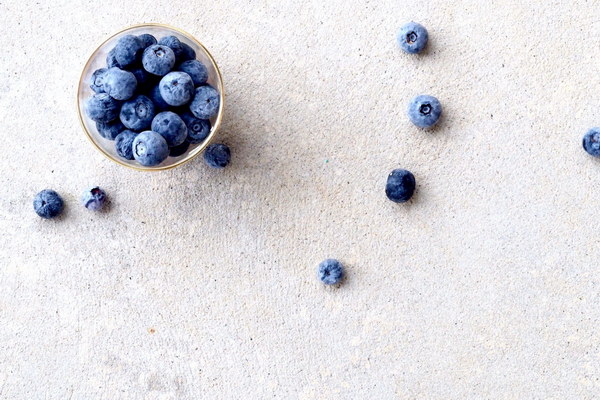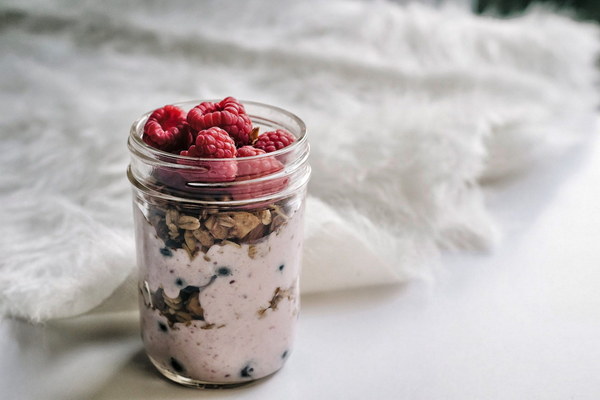Nurturing Little Livers A Guide to Dietary Therapy for Children with Hepatitis
Hepatitis, an inflammation of the liver, can be a challenging condition for young children to endure. While medical treatments play a crucial role, dietary therapy can significantly support the liver's healing process. This article delves into the essentials of nutrition for children with hepatitis, offering a comprehensive guide to dietary therapy.
Understanding Hepatitis in Children
Hepatitis can be caused by various factors, including viral infections (such as hepatitis A, B, and C), bacterial infections, and toxic substances. The liver is responsible for filtering blood, producing bile, and storing vitamins and minerals. When it becomes inflamed, its function may be compromised, leading to symptoms like fatigue, jaundice, and abdominal pain.
The Importance of Dietary Therapy
A well-balanced diet is essential for children with hepatitis. Proper nutrition can help manage symptoms, improve liver function, and support the immune system. Dietary therapy aims to provide the necessary nutrients while minimizing the strain on the liver.
Essential Nutrients for Children with Hepatitis
1. Protein: Essential for liver repair and function, protein should be included in every meal. Lean meats, fish, poultry, eggs, dairy products, legumes, and nuts are excellent protein sources.
2. Carbohydrates: Complex carbohydrates provide energy without overloading the liver. Whole grains, fruits, and vegetables are ideal choices.
3. Fats: Healthy fats are crucial for the absorption of fat-soluble vitamins and the production of bile. Monounsaturated and polyunsaturated fats, found in avocados, nuts, seeds, and fish, are beneficial.
4. Vitamins and Minerals: A variety of vitamins and minerals support liver function and overall health. These include vitamin A, B-complex vitamins, vitamin C, vitamin E, selenium, zinc, and magnesium.
5. Antioxidants: Antioxidants help protect the liver from oxidative stress. Foods rich in antioxidants include berries, dark chocolate, nuts, and green leafy vegetables.
Dietary Guidelines for Children with Hepatitis
1. Small, Frequent Meals: Eating small, frequent meals throughout the day can help manage nausea and prevent overloading the liver.

2. Stay Hydrated: Adequate fluid intake is crucial for liver function and overall health. Water, herbal teas, and clear broths are suitable options.
3. Avoid Processed Foods: Processed foods can be difficult to digest and may strain the liver. Opt for fresh, whole foods instead.
4. Limit Salt: Excess salt can lead to fluid retention and increase the risk of liver complications. Reduce salt intake by avoiding processed foods and using herbs and spices for flavor.
5. Moderate Fat Intake: While healthy fats are important, it's essential to moderate fat intake, especially during the acute phase of hepatitis. Avoid high-fat foods like fried foods, butter, and cream.
6. Consult a Healthcare Professional: Before making any significant changes to your child's diet, consult with a healthcare professional or a registered dietitian specializing in liver disease.
Sample Meal Plan for Children with Hepatitis
Breakfast: Scrambled eggs with spinach, whole-grain toast, and a glass of orange juice.
Lunch: Grilled chicken salad with mixed greens, cherry tomatoes, cucumber, and a vinaigrette dressing; a side of quinoa.
Snack: A handful of almonds and a small apple.
Dinner: Baked salmon with a side of steamed broccoli and brown rice.
Evening Snack: A glass of milk and a few pieces of dark chocolate.
By following these dietary guidelines and ensuring a well-rounded meal plan, children with hepatitis can receive the necessary nutrients to support their liver's healing process. Remember, dietary therapy is just one aspect of managing hepatitis in children. Regular check-ups with healthcare professionals are essential for monitoring progress and adjusting treatment as needed.









